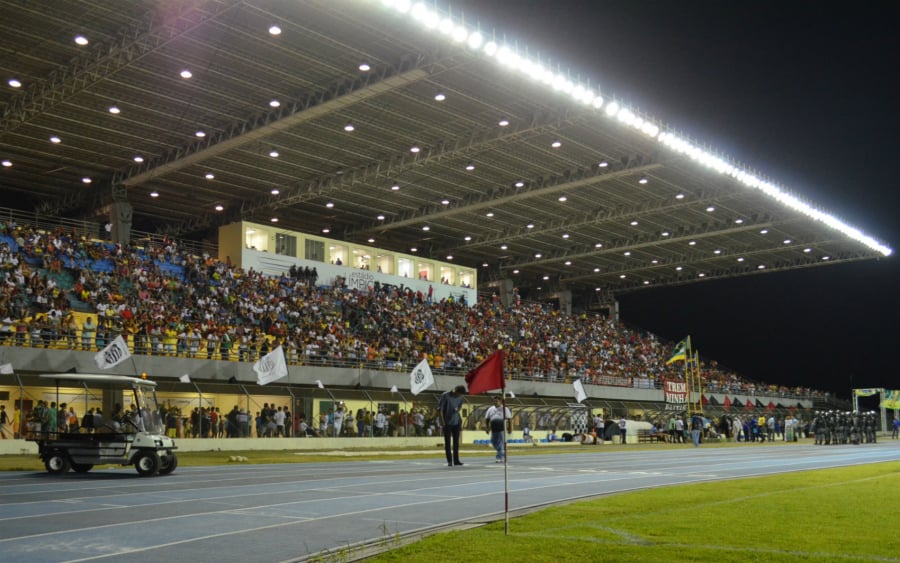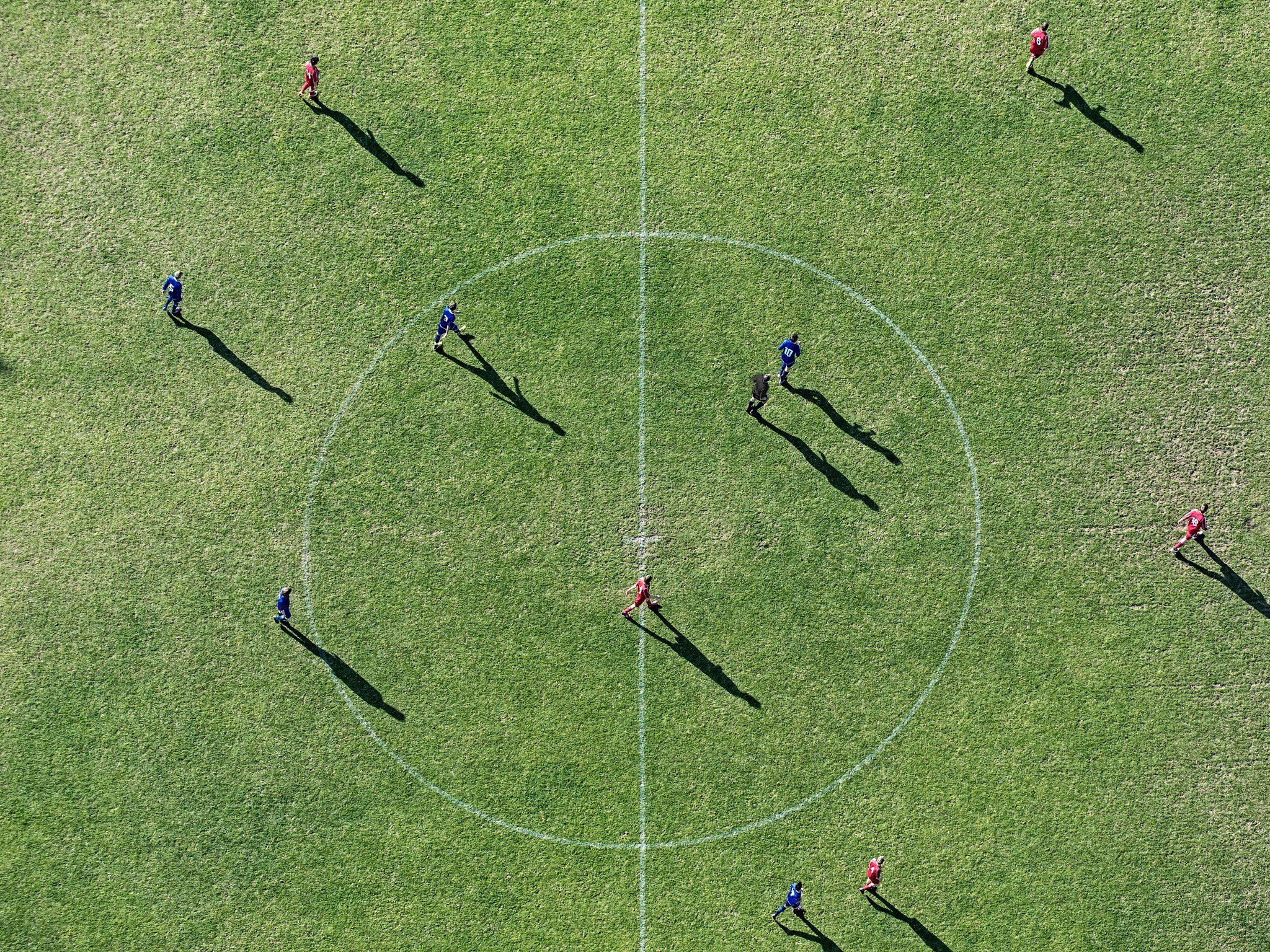In 1990 in the city of Macapá (Brazil), the Zerão football stadium was built to commemorate a late president of the Amapá State Football Federation. The official name of this stadium is Estádio Milton Corrêa but because it is located at 0 latitude on the Equator, The people of Macapá city call it Zerão, which means “big zero”.

The center line of the Big Zero Stadium not only separates the two teams, but also divides the globe into two halves. Therefore, in each match here, each team not only defends its own goal but also represents the Northern or Southern hemisphere.
Zerão Stadium has a capacity of 13,680 people. The grandstand system here is also divided into two halves of the world.

In fact, when determining the location of Zerão Stadium on the map, engineers used the Brazilian geodetic system as a construction measurement. Because it does not follow the WGS84 (World Geodetic System) world reference system, published by the US Department of Defense Mapping Agency in 1984, the center line of the field is not exactly at 0 latitude.

If you are using a GPS device, you have to walk south until you are completely outside the stadium to see the Equator. The stadium is 2 seconds north of the Equator using the WGS84 system.
City of Macapá
Located in the most remote part of Brazil, with rainforest on one side and the Amazon River on the other. The world’s longest river separates Macapá from the rest of Brazil. Macapá straddles the Equator, with one of its most popular tourist attractions being the Macro Zero Monument – a giant 30-meter-high concrete sundial. A red line runs from the monument down Avenida Equatorial, marking the invisible Equator that divides the globe in two.

































